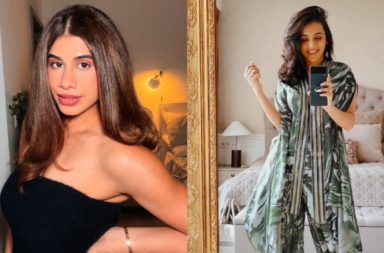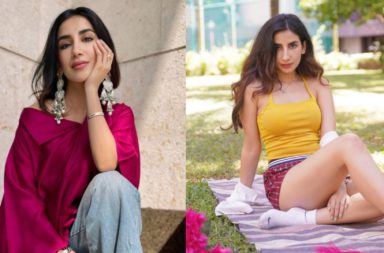Social media is a dynamic place, allowing for new trends to brew with every passing. With the power of Artificial Intelligence, the newest wave of influencers has taken centre stage –AI-generated creators. However, the increasing prevalence of these AI influencers, particularly on platforms like TikTok and Instagram has ignited concerns among parents about the potential impact on children’s perceptions of beauty and body image. With over 12,000 parents urging TikTok to address the issue, the conversation around AI influencers setting unrealistic beauty standards has entered the mainstream.
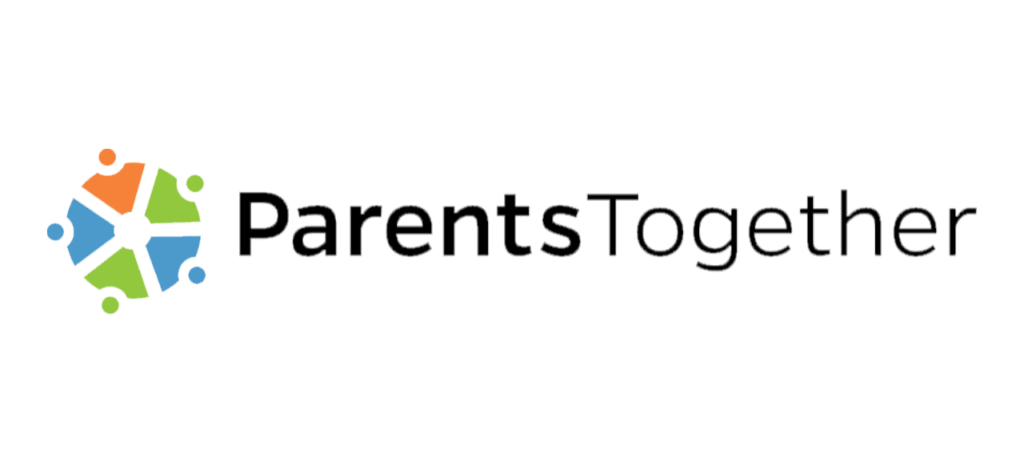
Urging TikTok for Transparency
ParentsTogether, a nonprofit organisation advocating for internet safety for kids, has spearheaded an online petition directed at TikTok CEO Shou Zi Chew. The petition emphasises the need for clearer labelling of AI influencers who closely resemble real people. Parents express concerns that these AI influencers, flaunting AI-perfected faces and bodies, may inadvertently fuel unrealistic beauty standards and contribute to body dysmorphia among children and teenagers.
Transparency Issues on TikTok
While TikTok implemented a requirement for creators to label realistic AI-generated content early last year, parents argue that this is insufficient. The toggle function, intended for content labelling, is not consistently used, leaving viewers unaware that they are engaging with AI-generated content. Some AI influencers include vague disclosures like “virtual influencer” in their bios or bury the information in hashtags, making it difficult for the audience to distinguish between real and artificial content.
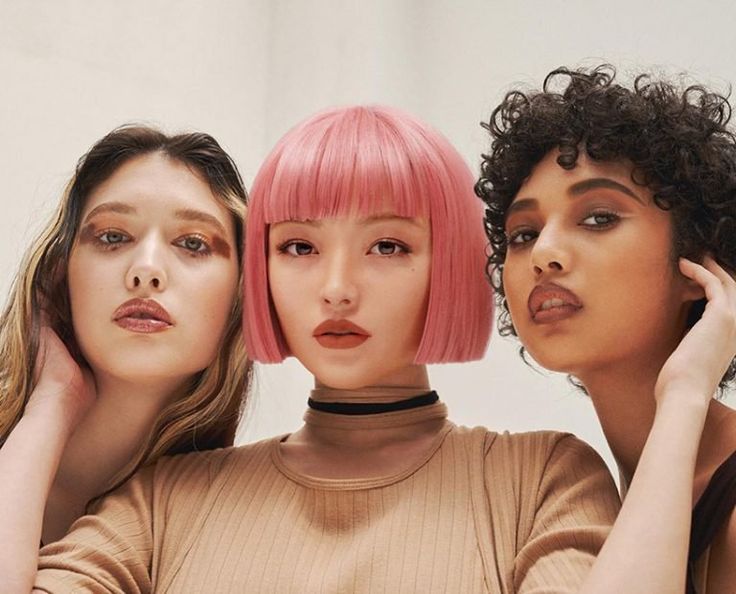
TikTok’s Response
A TikTok spokesperson responded to the concerns, stating that the platform has removed three flagged accounts and has policies prohibiting content promoting disordered eating or dangerous weight loss behaviours. However, parents argue that more needs to be done to ensure consistent and visible labelling, as these influencers continue to shape cultural norms around beauty on TikTok especially.
Also Read: Know All About The D2M Technology For Smartphones: No Need For Internet
Unmasking Unrealistic Beauty Standards
The rapid growth of generative AI technology has added to the challenge of discerning between real and AI-generated content. The ParentsTogether campaign highlights the risk of contributing to dangerous beauty standards, especially for young and impressionable users. The concern became more pronounced during the pandemic periods when children were off school, scrolling through social media and encountering AI influencers without clear labels.
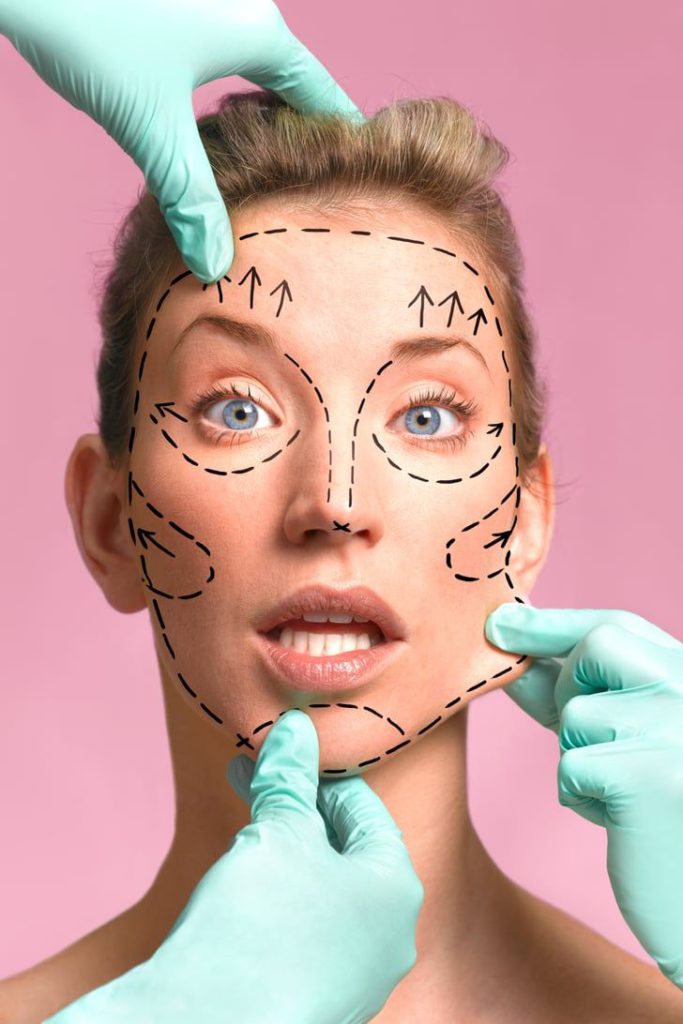
Social Media Nexus
While the petition specifically addresses TikTok, there is a need to delve deeper into the prevalence of AI influencers on YouTube, Instagram and other social media platforms as well. All these channels are immensely popular among children, and parents are rightfully concerned about the potential impact on their children’s perceptions of beauty and body image.
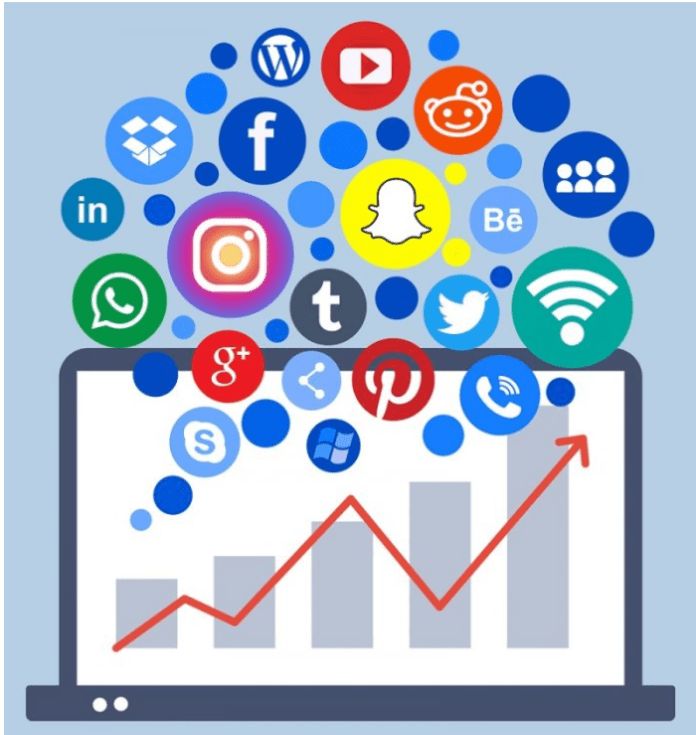
The rise of AI influencers signals a broader societal shift, where parents feel overwhelmed by the influence of social media on their children. The lack of clear labelling and transparency regarding AI-generated content raises questions about the responsibility of tech giants. As parents unite to demand change, it becomes evident that the regulation of big tech’s influence on young minds is an urgent necessity. The conversation around AI influencers setting unrealistic beauty standards is no longer confined to niche discussions but has entered the mainstream, prompting a call for action to protect the well-being of the younger generation.

